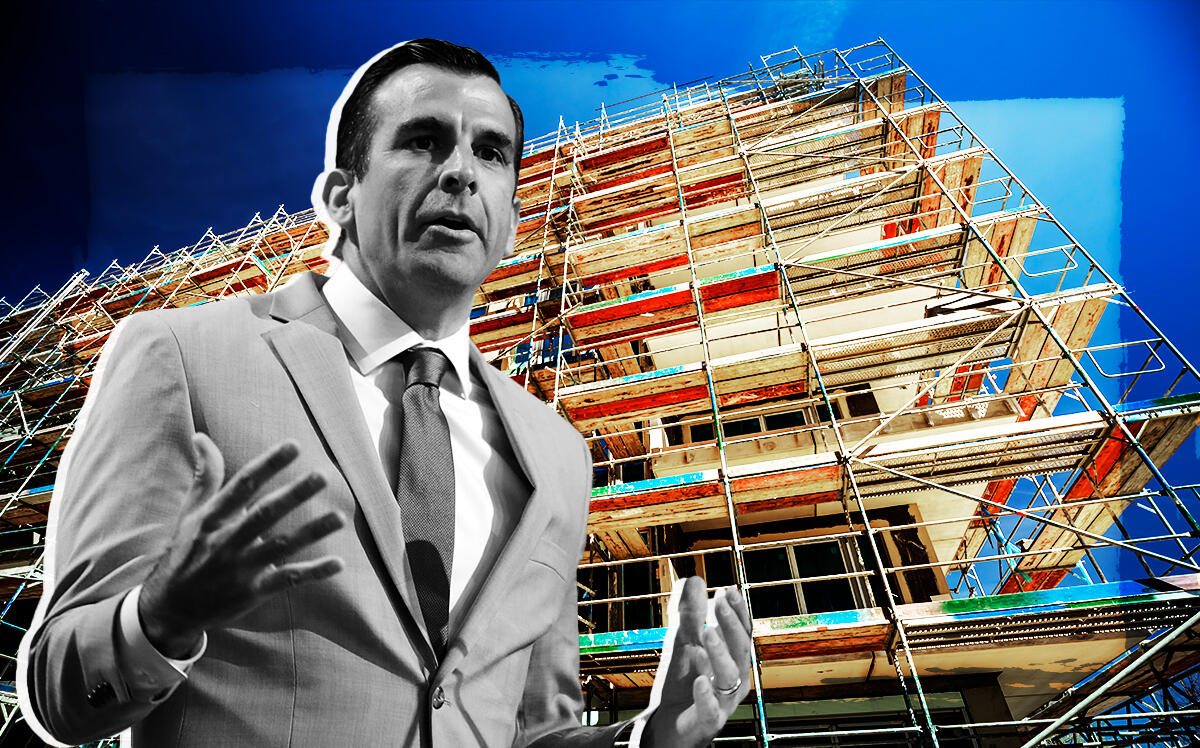 YIMBY Law readies Bay Area residents, developers for builder’s remedy
YIMBY Law readies Bay Area residents, developers for builder’s remedy
Trending
San Jose doesn’t expect to meet state deadline for housing plan
City must obtain approval of so-called “housing element” by Jan. 31

San Jose must find room for 62,200 new homes over the next decade to meet its state housing goal. But the city appears poised to break its required planning deadline.
The Bay Area’s largest city must finalize its so-called “housing element” by Jan. 31, or face stiff penalties and funding losses. It has no intention of meeting that deadline, the San Jose Mercury News reported.
Since San Jose is making a good-faith push to finalize its plan by the end of spring, city officials and housing advocates say they’re not expecting any serious punishment by the state.
“We’re not surprised they’re not going to make the deadline, and generally we think it’s because they’re working hard, not because they’re hardly working,” Mathew Reed, policy director with SV@Home, a housing advocacy group, told the newspaper.
The South Bay city, like others across the Bay Area at risk of blowing the housing plan deadline, faces an unchallenged legal loophole known as “the builder’s remedy” as reported by The Real Deal.
The provision comes from a 1990 state law that aimed to spur housing development. It works by penalizing cities that fail to meet their state-directed housing goals. Cities deemed non-compliant lose the authority to approve or deny projects with affordable housing components – which are automatically approved.
San Jose has designated more than 600 sites for new housing. The majority are in Downtown and the Diridon Station area. Thoroughfares such as Stevens Creek and Winchester boulevards also could see many more homes.
Most of the construction would be done by private developers. But under state law, the city must target sites to fit 62,200 more homes between 2023 and 2031. That’s a 77 percent jump from its previous eight-year housing goal.
The city describes how it intends to meet and possibly surpass that ambitious state-mandated target in its 148-page housing element plan. But this month, regulators said a draft of the plan still doesn’t go far enough in explaining where and how new housing will be built.
Already approved or planned “pipeline” projects account for more than 11,500 of the new units. The rest could go on “opportunity sites” where housing has yet to be planned, but that the city has determined have a realistic chance of development over the next eight years.
The state also requires cities to plan for more affordable housing in “high-resource” neighborhoods with a history of locking out low-income residents and households of color. San Jose has designated sites for affordable housing in the wealthier southwest part of the city, notably along De Anza Boulevard bordering Cupertino.
For the current eight-year housing cycle now coming to a close, San Jose, like most Bay Area cities, has fallen far short of meeting its state-mandated goals for affordable housing.
The city has approved less than half of its low-income target of 14,661 units. That number will increase to 23,775 starting next year.
If cities fail to get state officials to sign off on their housing elements by Jan. 31, they could miss out on affordable housing funding and lose control over approving new homes. So far, only a handful of Bay Area cities, including Alameda and Emeryville, have received approval.
In a Dec. 15 letter, state regulators said San Jose must update its housing element to prove the parcels identified for new homes can actually be developed within the eight-year timeframe. The city must also show how it will more quickly phase in new housing policies.
While city officials acknowledge they won’t meet all the state’s demands by the upcoming deadline, they don’t believe San Jose is at a “high risk of losing state funding” or getting hit with other penalties.
“Because many cities are short of the finish line … we are hearing that the state is updating their regulations for some leniency with jurisdictions that are making good faith efforts toward a final, certified housing element,” the San Jose Planning, Building and Code Enforcement Department said.
— Dana Bartholomew
Read more
 YIMBY Law readies Bay Area residents, developers for builder’s remedy
YIMBY Law readies Bay Area residents, developers for builder’s remedy
 Builder’s remedy could allow thousands of new homes in California
Builder’s remedy could allow thousands of new homes in California




